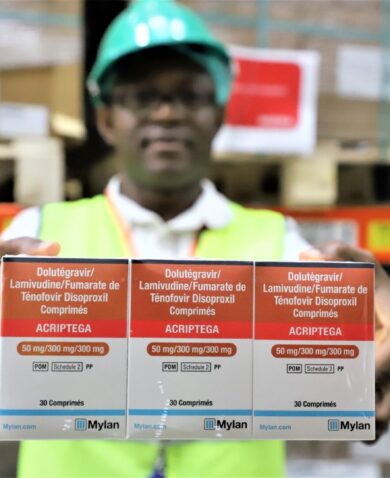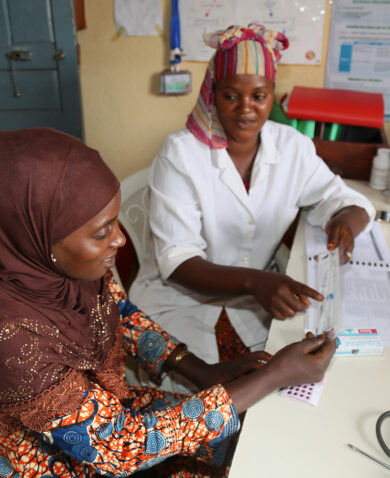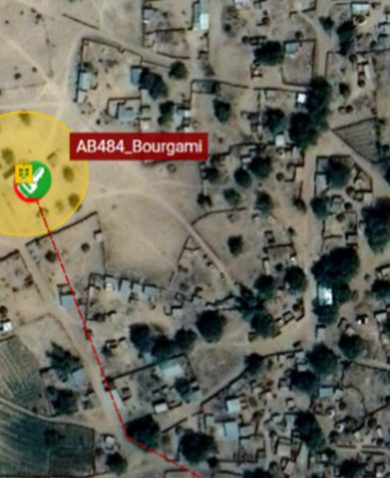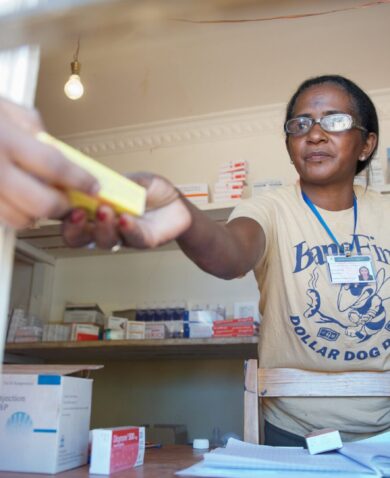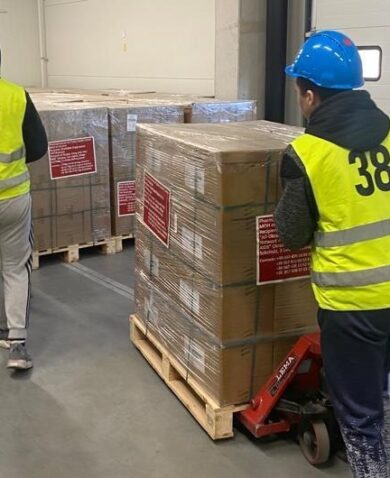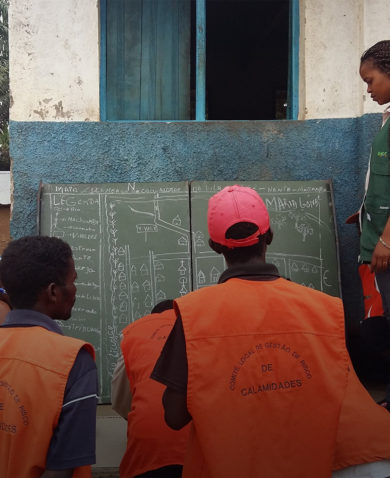
Driving Interoperability Through a Common Language
January 3, 2019 | 3 Minute ReadFrom barcodes on apples to serial numbers on laptops, standard identifiers help ensure product quality and traceability through the supply chain. The same goes for health commodities — lives depend on it.
Whether you’re in line at the supermarket or online ordering clothes, nearly every item has a barcode. This barcode is one of many standardized methods for indicating the quality of a product. With a standard method for product identification and data collection, you can track where a product came from and where it is going. That standard helps us retrace the journey of a product from the marketplace to your hands. When the product in question is a lifesaving health commodity, these standards are especially vital. They can tell us, for example, where to find vaccines that were recalled by the manufacturer and how much cold storage space we will need for the latest order of lab reagents for HIV viral load testing.
For supply chain managers who are capturing and maintaining product data for health commodities, global standards address several questions. How do you know that the code that the supplier gave you matches the product you requested? What are the units for the weights and dimensions of the product you purchased? Where exactly is the product coming from?
In low-resource settings, the systems, data, and tools to find the answers are often out of reach. Without standards, individual integrations with each supplier or manual coding and processing is necessary, leading to high development and labor costs.
Capturing and maintaining master product data and interoperability between systems has long been a challenge that has plagued supply chains at all levels. Whether this is due to incompatible (or nonexistent) identifiers, inefficient data capture, or a limited understanding of the elements necessary to operate an efficient supply chain, the lack of master data and supply chain visibility has led to unnecessary delays in orders and inevitable errors. That’s where GS1 comes in.
GS1: The Global Standard
GS1 is a standard for identification, master data, and data exchange. This includes location identification using a global location number (GLN), product identification using a global trade item number (GTIN), linear barcode and 2D data matrix formats, and data exchange through the Global Data Synchronization Network (GDSN). We use GS1 standards every day in our regular lives.
Adopting a global standard in global health supply chains allows us to advocate for a solution that is applicable to multiple markets and contexts while delivering a robust solution that can be implemented without concern for interoperability. Business entities, products, and locations are assigned a globally recognized identifier allowing for sharing of information regardless of the language or market. Data standards allow for sharing of information without proprietary attributes or structures, so information such as master data, batch, and serial numbers are provided in the same format by everyone involved in the supply chain.
Putting Global Standards into Practice
In the global health sector, global standards are a key aspect of a larger conversation around digital health and information and communication technology for development (or ICT4D, as it’s known). At the 2018 Global Digital Health Forum, David Tedone from the USAID Global Health Supply Chain Program – Procurement and Supply Management (GHSC-PSM) project presented a poster on “Data Standards and Their Impact on Health Supply Chain Security and Efficiency.” The aim was to capture and share the current work that is being done across the project to enhance the GHSC-PSM supply chain through the adoption of global standards around identification, master data, and data visibility. The theme for this year’s event could not be more apt: “A Shared Language for Digital Health.” At the conference, attendees were particularly interested in the work GHSC-PSM is doing in both data exchange and country assistance.
GHSC-PSM has made strides in implementing the standards throughout the project, from collecting and utilizing GTINs for item identification and data exchange to assisting countries in preparing to receive and utilize data in systems. We’ve begun receiving master data from our suppliers, and as we reach our first deadline for assignment of GTINs and GLNs on all pharmaceutical and medical device products, suppliers have responded positively and shared their information. As more and more suppliers begin to implement the standards and provide the appropriate identification and master data, we can realize the benefits of the enhanced data visibility, the enablement of track and trace, and — eventually — serialization of the products we procure.
Data standards allow stakeholders to make procurement and supply decisions with confidence, using high-quality information. Because of this work, GHSC-PSM suppliers can exchange data with other partners and clients, leading to improved interoperability and data quality. Along the way, we’re raising critical questions about how to leverage this information and what new insights can be gained from the increased data visibility. It’s an exciting new frontier that we are entering, and with the support of GHSC-PSM’s team, our suppliers, and the global health community at large, we can eventually answer these questions and more.
Posts on the Chemonics blog represent the views of the authors and do not necessarily represent the views of Chemonics.












